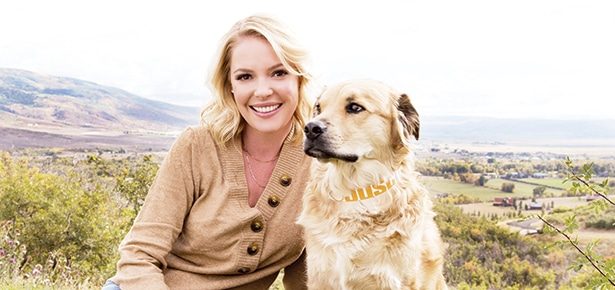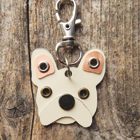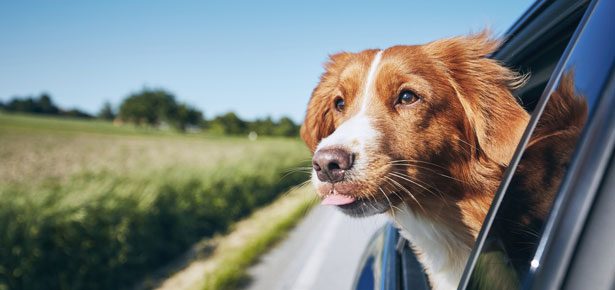
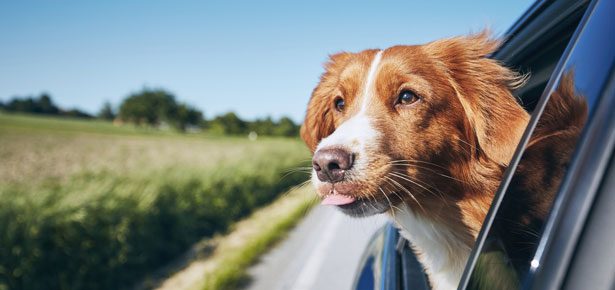
How to Deal With Dogs Who Get Car Sick
Notice the signs of carsickness in dogs and how to help your dog travel easier
Imagine traveling to the park with your dog and then your pet suddenly starts to drool and looks a bit worse for wear.
Before you can do anything, your dog brings all its food back up, all over your car. Dogs get carsick, probably more often than people do. One of the main problems with this is that dogs who get carsick often start to fear driving, meaning any future trips become increasingly stressful. Luckily, there are plenty of things you can do to stop this from happening, making sure your dog no longer suffers and can enjoys riding in the car again.
Understanding Dog Carsickness
Car sickness in dogs is incredibly common in puppies, in the same way that it is more common in children.
“Young dogs may experience this condition more frequently because their equilibrium needs to develop a bit more as they mature.”
Basically, the structures in their ears that are used for balance are not properly formed yet. It is also for this reason that most dogs will outgrow carsickness. However, if by this time your dog has developed a fear of the car, you may never find out about this. Indeed, if your dog got sick during the first few trips of its life, it will associate vehicles with vomiting and will resist getting into a car. Like a vicious cycle, the stress that the dog experiences from driving makes it feel sick, which means it will get even more fearful of cars and so on. Dogs have real emotions, and worry is one of those emotions.
The Signs of Dog Carsickness
Your dog will not suddenly have a slightly greenish color when it starts to get carsick. However, there are a few clear signs of it happening. This includes listlessness, inactivity, yawning, general uneasiness, excessive drooling, whining and vomiting. Luckily, there are plenty of things you can do to stop your dog from feeling so bad.
How to Treat Dog Motion Sickness
There are many ways to stop your dog from feeling sick in the car. What matters most is that you make sure the dog is fully comfortable before you set off. Additionally, just as with humans, positioning is hugely important. A dog that sits in the front seat and faces forward will have fewer visual cues that could lead to nausea or vomiting. Do make sure you have a car seat cover in place, just in case you can’t stop in time.
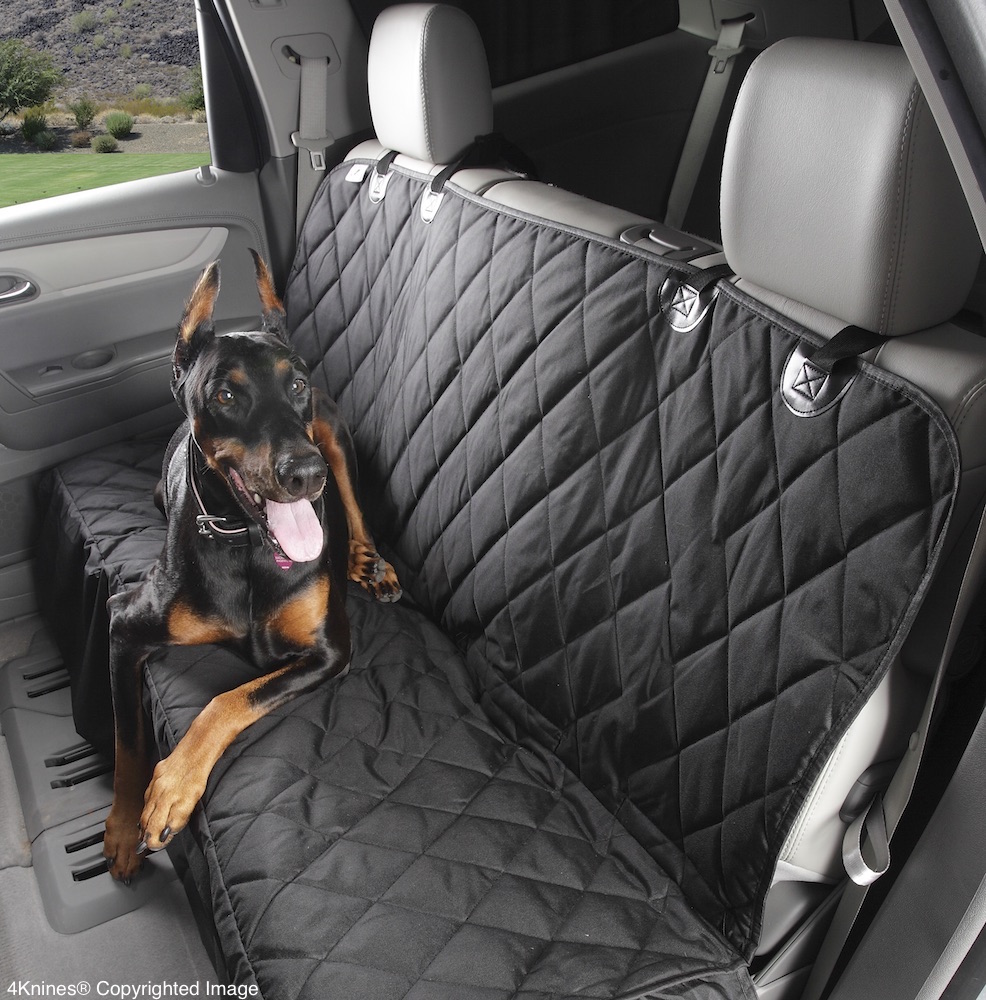
Do also make sure that you travel on an empty stomach, although you should also not travel with a hungry dog.
“Try not to give your dog food or water before taking a car ride. It’s less likely that your dog will get sick if there is nothing in his belly.”
Next, make sure there is plenty of fresh air circulating through the car, particularly during motion. Doing so makes sure that the vehicle’s air pressure is properly balanced. This, in turn, can stop a dog from feeling sick or even uncomfortable. Ventilation and making sure a vehicle is not too hot are hugely important in terms of stopping car sickness, but also in terms of keeping your dog safe.
The Emotional Impact of Travel Sickness
If your dog did get carsick at any point, it will probably be resistant to any further traveling. There are a few things you need to do at that point, because you will effectively have to address two separate things. First of all, take a break. Allow your dog to regain trust in itself. In extreme cases, you may even want to change vehicles. Once your dog is slightly more settled, take a few short trips and make sure the destination is always fun. A trip to the vet is not a good idea, in other words.
You need to build your dog’s tolerance up in a gradual way. Allow it to approach the vehicle on its own terms first. Then, let it get into the car, but don’t actually drive. Only once you feel your dog is ready should you start taking those fun, short trips. You can use treats for this, but be aware of the fact that these can contribute to your dog’s nausea. You might want to consider adding a special toy to the car that your dog can use only on those journeys.
What About Medication?
There are a number of options available to you if you want to medicate your dog against motion sickness.
“If a dog doesn’t outgrow motion sickness or respond to conditioning techniques, consult your veterinarian about medication to help your dog. There is a medication approved for preventing vomiting due to motion sickness in dogs.”
However, only do this after consultation with a vet and if there are no other options.
Remove The Odor And Protect Your Car
Finally protecting your car seat in case dog illnesses can make riding in the car again a much easier experience. It not only helps remove the odor from the car completely after carsick episodes it also helps protect your car from dirt and scratches. Make sure your car seat cover is installed before going on any road trip. Then, remove, wash and use again.
Join the newsletter and never miss out on dog content again!
"*" indicates required fields
By clicking the arrow, you agree to our web Terms of Use and Privacy & Cookie Policy. Easy unsubscribe links are provided in every email.

